Xbox One April 2018 update: The complete changelog
Catch up on everything added in the April Xbox Update for Xbox One, including 1440p support, Mixer controller sharing, and more.
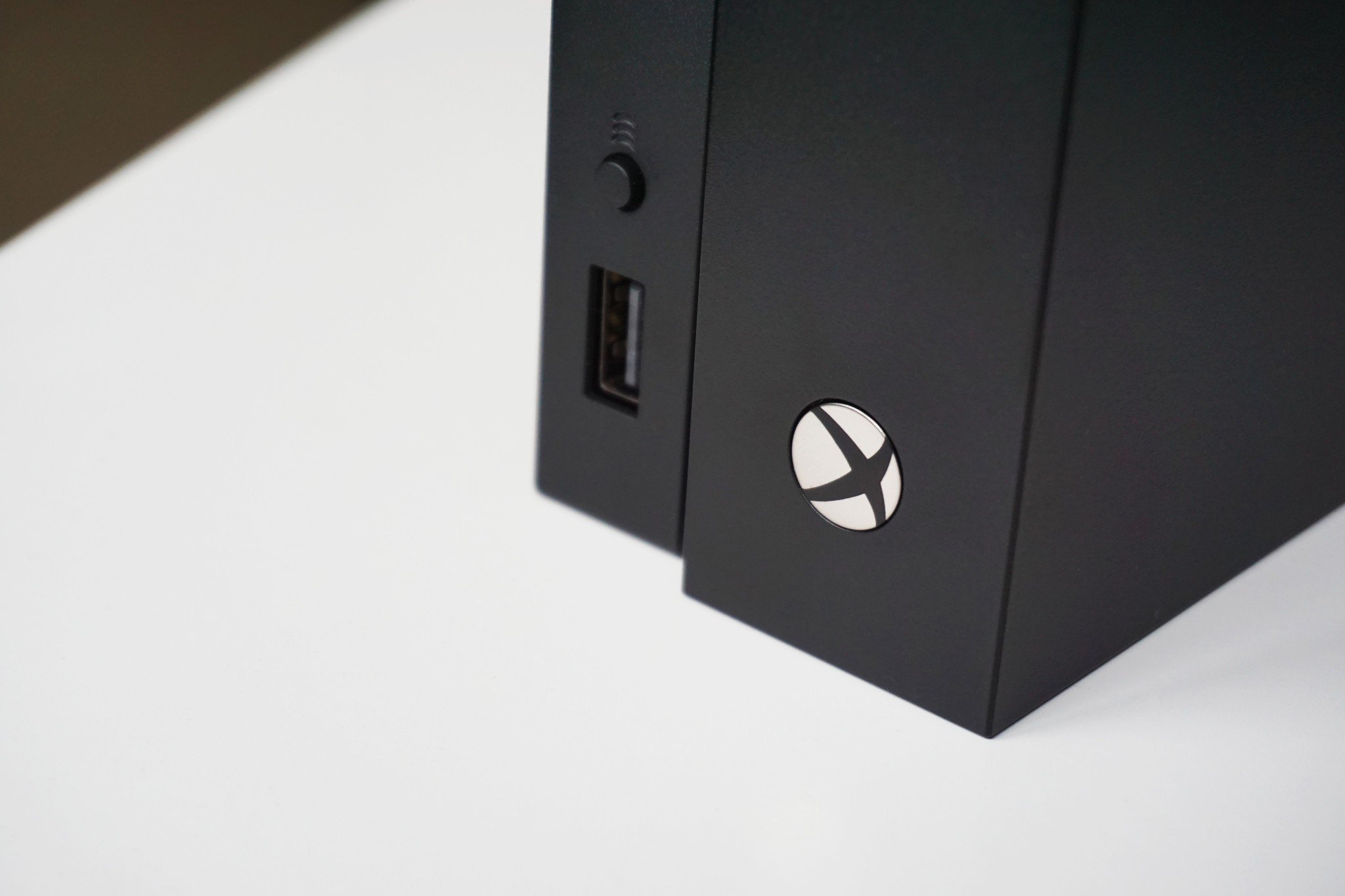
Microsoft has released the next big Xbox One update, delivering an assortment of improvements to the console's operating system. Succeeding the "Xbox Fall Update" released last year, the "April Xbox Update" brings long-awaited support for 1440p displays, AMD FreeSync, Mixer controller sharing and much more.
Following a shift to the "Redstone 4" development branch, Microsoft has released various new features to the public. With changes to be seen system-wide, we've rounded up every new feature.
1440p support for Xbox One X and Xbox One S
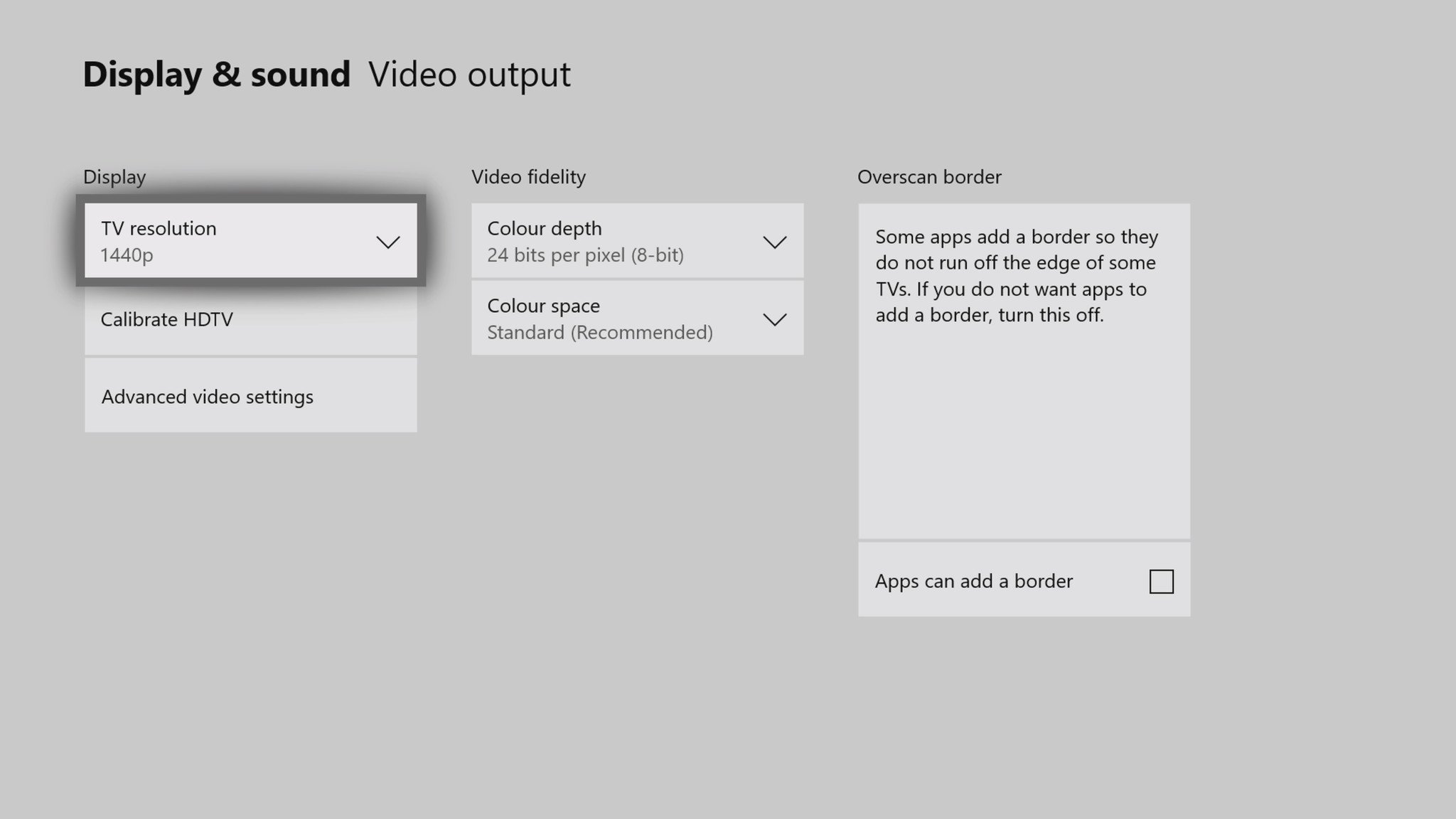
One of the Xbox One X's flagship features is support for 4K resolutions, outputting significantly sharper images across supported media. Although consoles connected to 4K displays provide the best experience, its supersampling capabilities deliver notable benefits on lower resolution displays too. But with supersampling currently limited exclusively to 1080p, 1440p (2560 x 1440) displays see a lower than native resolution.
The April Xbox Update adds support for native 1440p outputs, providing a middle ground for between 1080p and full 4K. This gives a notable resolution bump on these displays, rather than upsampling from 1080p as seen in previous implementations. Most "Xbox One X Enhanced" games will now look crisper, while high-resolution video content will see similar upgrades on Xbox One X and Xbox One S.
How to enable Xbox One 1440p support for Xbox One X and Xbox One S
Variable Refresh Rates for Xbox One (AMD FreeSync)
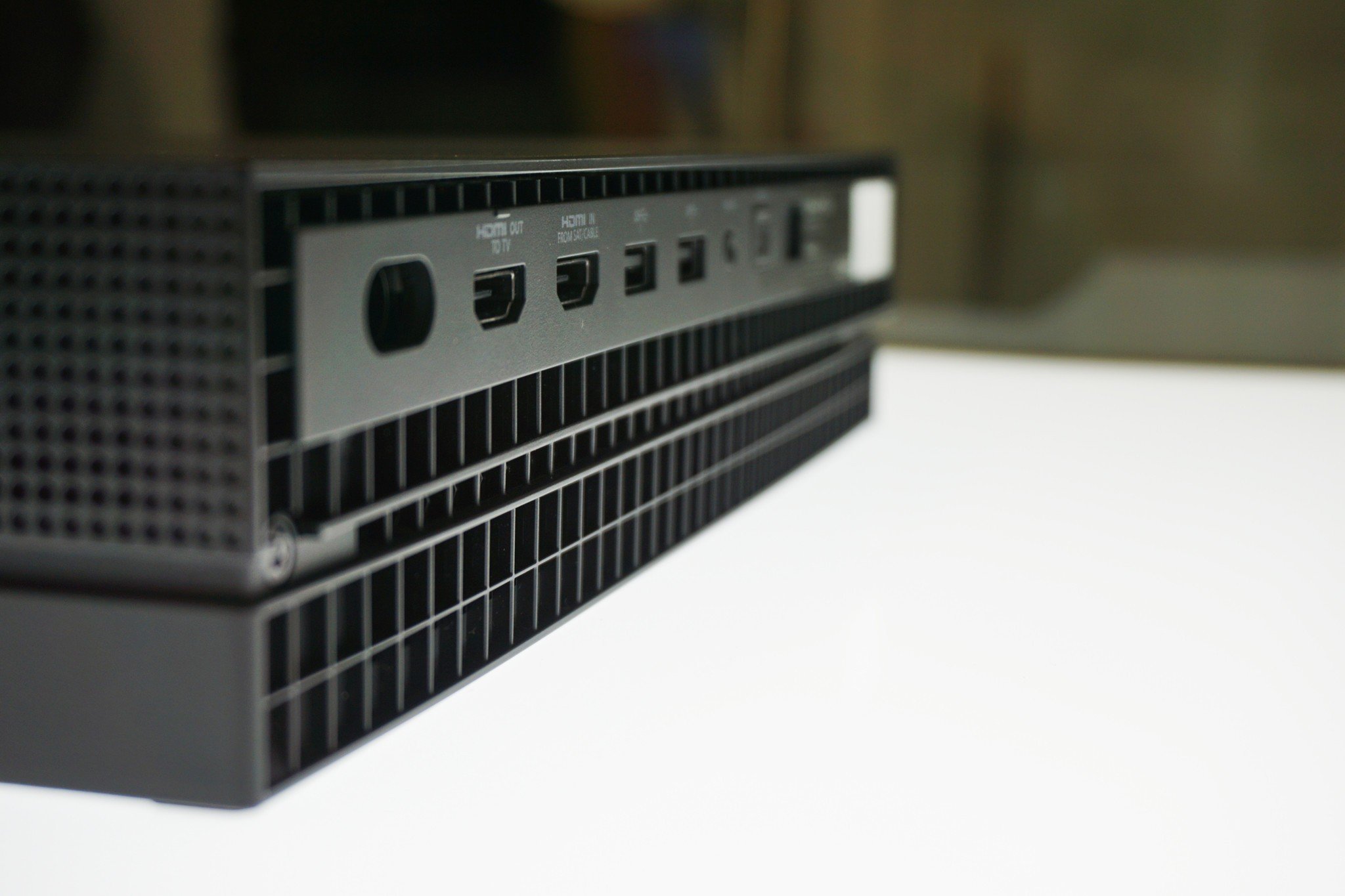
"Variable Refresh Rates" (VRR) adapts the refresh rate of your display to that of outputted content, reducing screen tearing and stuttering, without the input lag suffered when using a similar solution known as V-Sync. Xbox One supports AMD's FreeSync VRR technology, allowing the console to communicate directly with FreeSync-compatible displays. This makes for a much smoother overall experience for gamers, provided they have the hardware to take advantage of it.
To use VRR on Xbox One, you'll need to use a display that supports FreeSync over HDMI. The Xbox One X and Xbox One S can also take advantage of High Dynamic Range (HDR) via FreeSync 2, while the original Xbox One is limited to the first FreeSync revision.
Get the Windows Central Newsletter
All the latest news, reviews, and guides for Windows and Xbox diehards.
Xbox One FreeSync and Variable Refresh Rates: Everything you need to know
Auto Low Latency Mode for Xbox One
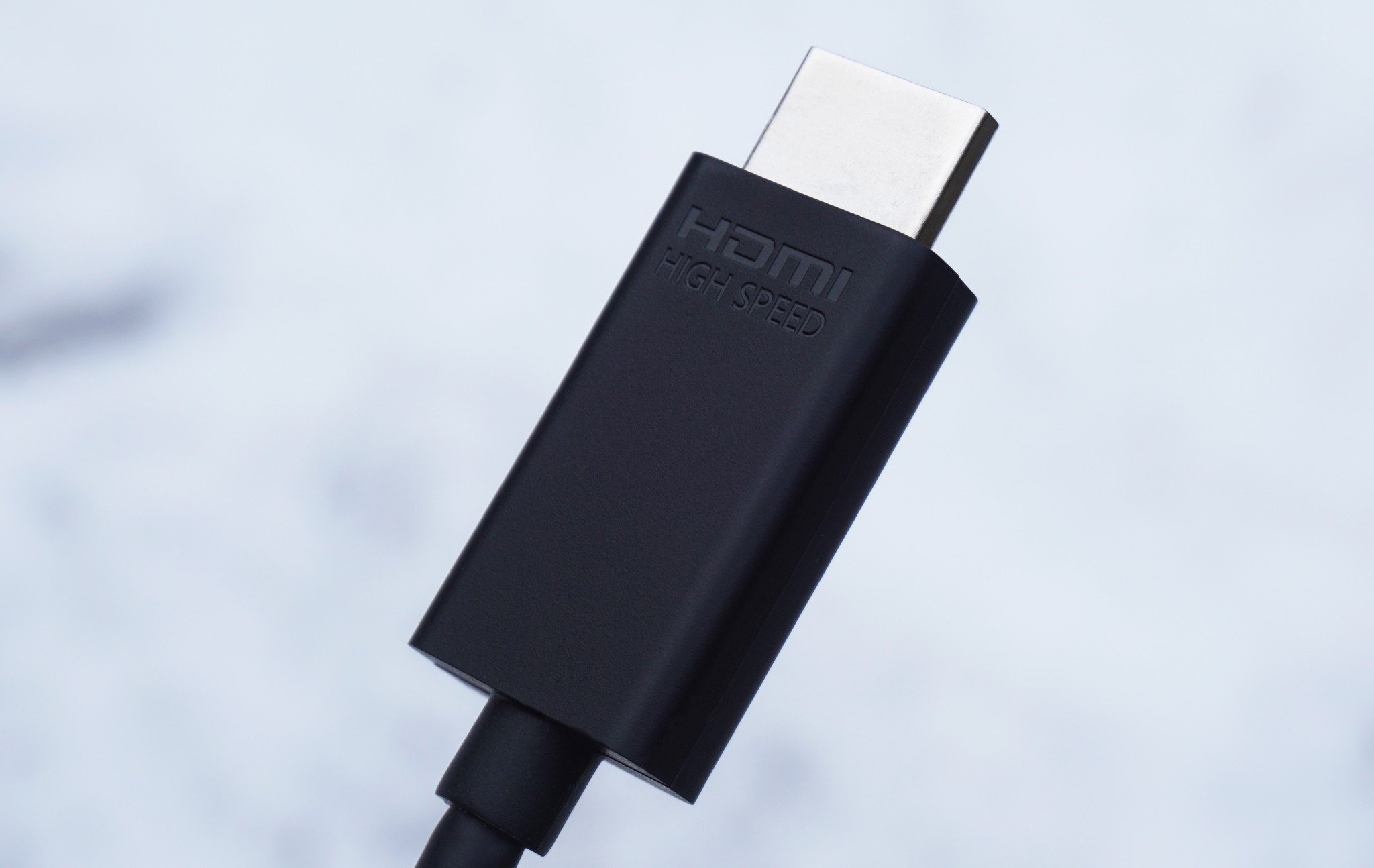
Further improving refresh rates comes "Auto Low Latency Mode" (ALLM), which automatically adjusts latency on the fly, to make for the smoothest, lag-free viewing experience. While display latency doesn't detract from navigating menus and watching video content, gamers strive for the quickest response times for their titles. When ALLM is enabled, display settings can be adjusted on the fly to account for the type of content currently on-screen.
For now, ALLM is hard to use on Xbox One, being limited to only a small number of displays under the HDMI 2.1 specification. For now, this largely futureproofs the console for when HDMI 2.1 sees wider adoption.
How to enable Xbox One Auto Low Latency Mode
Mixer controller sharing
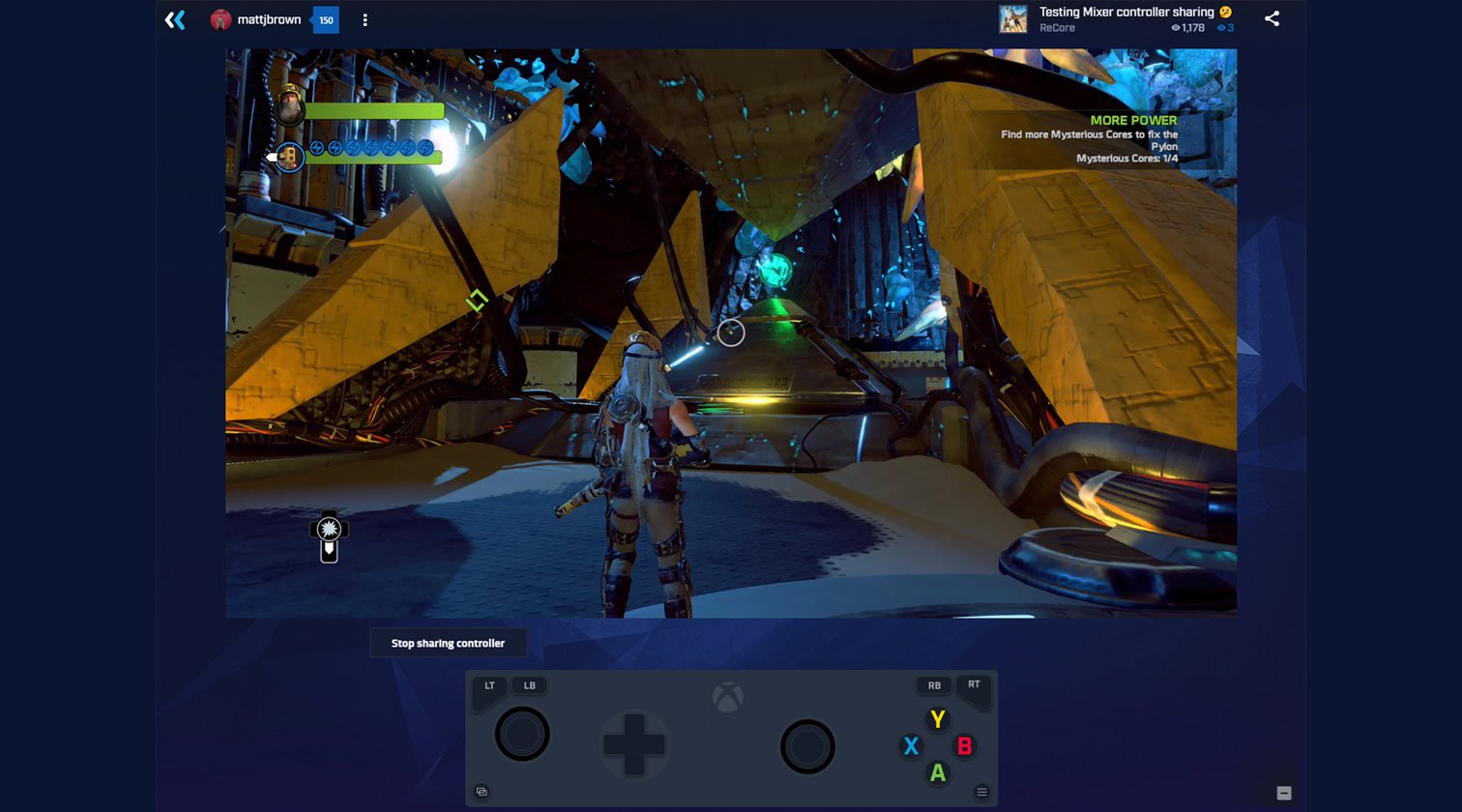
Microsoft's Mixer live streaming service is built around interactivity, with an existing assortment of features designed to foster closer streamer-audience relationships. The April Xbox Update expands upon this with "controller sharing," by allowing streamers to digitally pass the controller to their viewers.
Once enabled, a Mixer streamer can hand off control of their console to one audience member. Connecting a controller or using an on-screen controller replacement, they can provide button inputs, like the console's existing "co-pilot" feature. Paired with Mixer's FTL streaming technology, the feature can deliver low latency gameplay across the globe.
How to use Xbox One Mixer controller sharing
Scheduled Themes
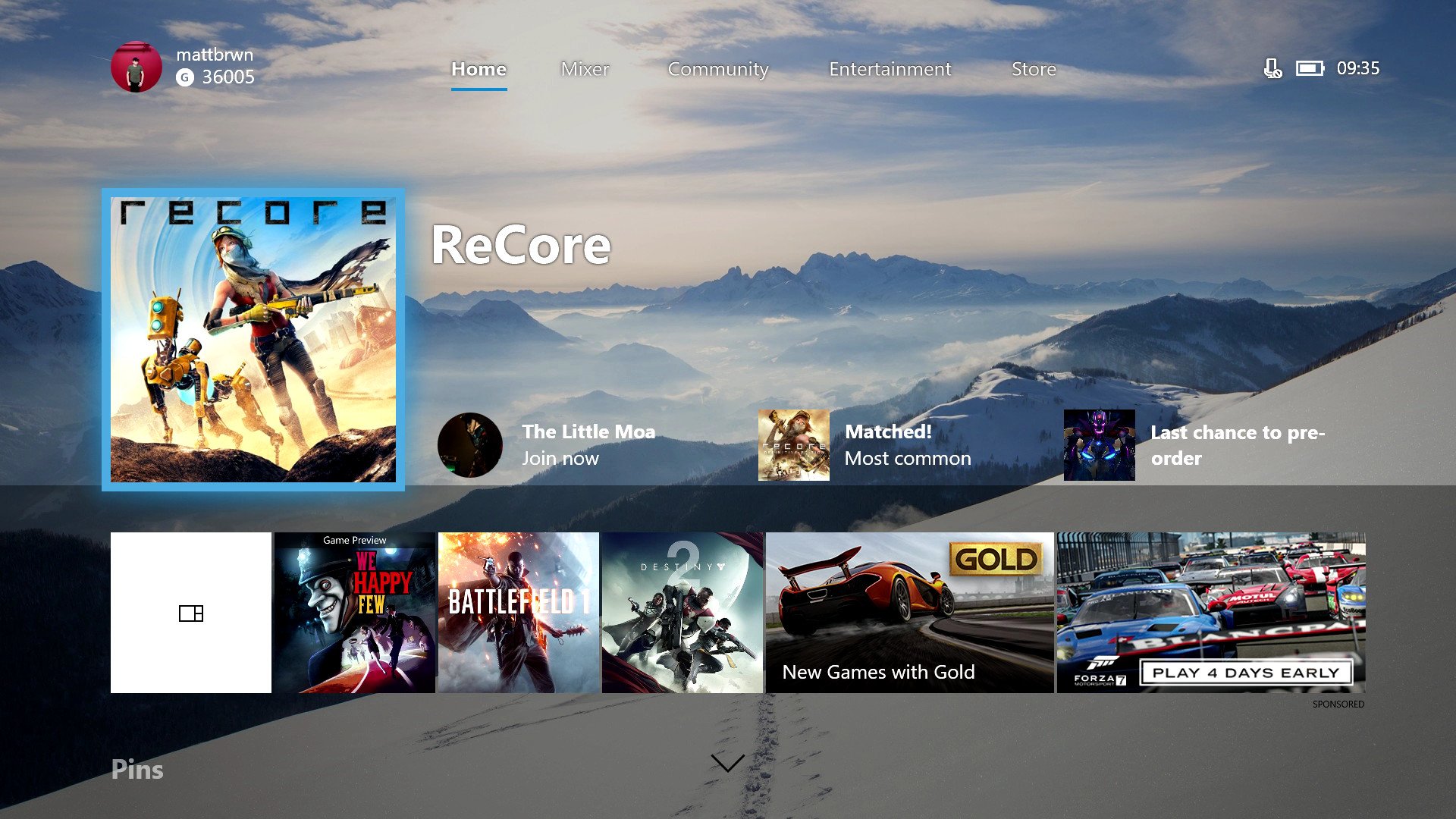
While a simple concept, "Scheduled Themes" is a welcome addition to the Xbox One OS. Complementing the "light" and "dark" themes implemented last year, the feature aims to deliver a dynamic color scheme to the console.
Although the dark theme is generally easier on the eyes in dimmer environments, light themes offer improved visibility in brighter locations. Using Scheduled Themes, the console automatically shifts between the two themes at set times of day, securing the benefits of both themes around the day and night cycles. For more information on Scheduled Themes, and a step-by-step guide to its implementation, make sure to check our extensive post on the subject.
How to use Xbox One Scheduled Themes
Direct Twitter sharing for Xbox One
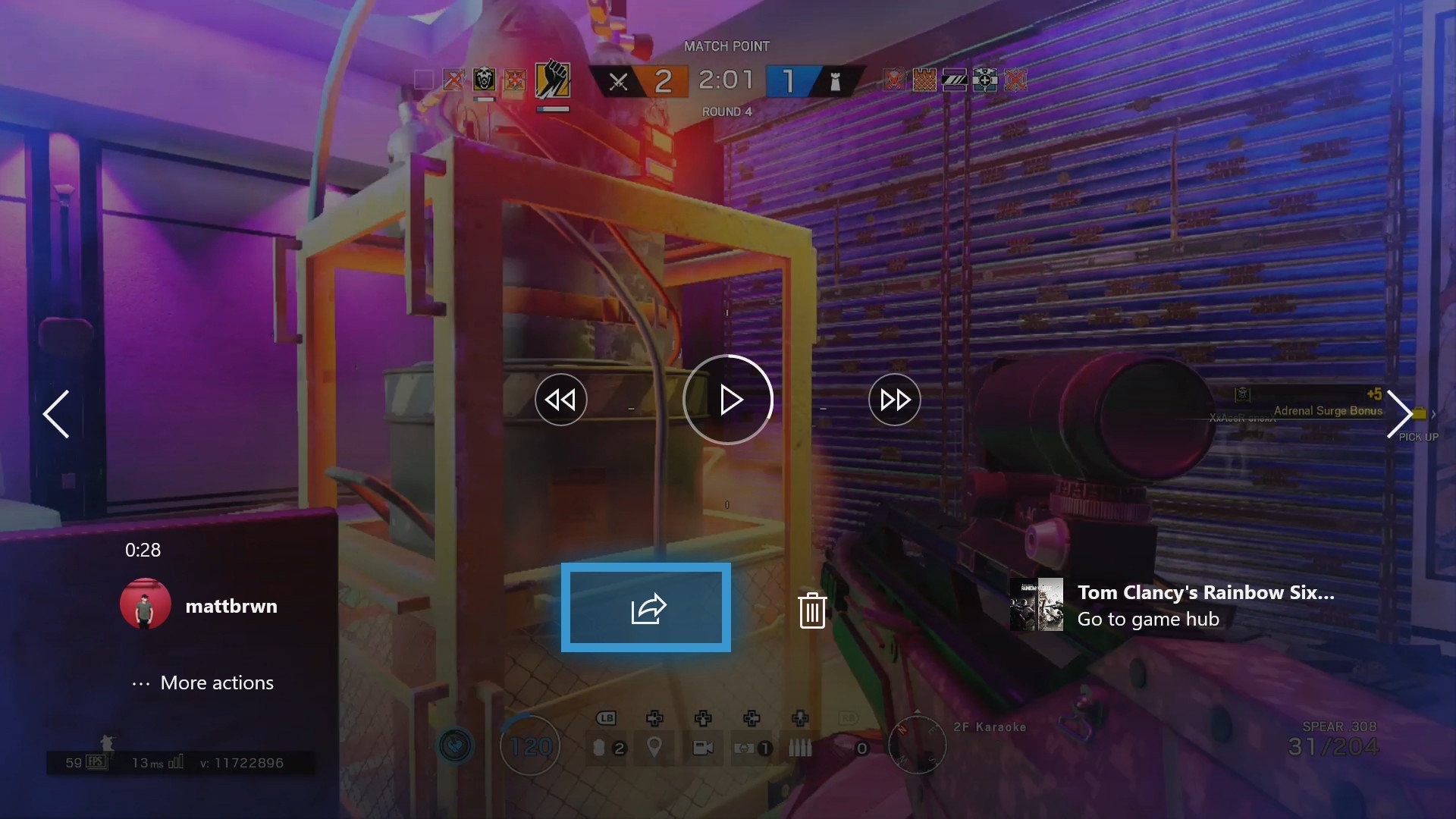
One of the major aspects of the Xbox One's social features is the ability to share video clips and screenshots of gameplay natively through the console's integrated "Game DVR." Social sharing features expand this beyond Xbox Live, with integration for services like Twitter and OneDrive.
The April Xbox Update reworks the console's Twitter integration, with improvements to content sharing on the platform. While all content was previously uploaded to Xbox.com and linked via a tweet, this allows clips to be shared directly with Twitter's video player. This makes it easier for followers to view Xbox One uploads without leaving the service.
How to share Xbox One game clips on Twitter
Microsoft Edge improvements
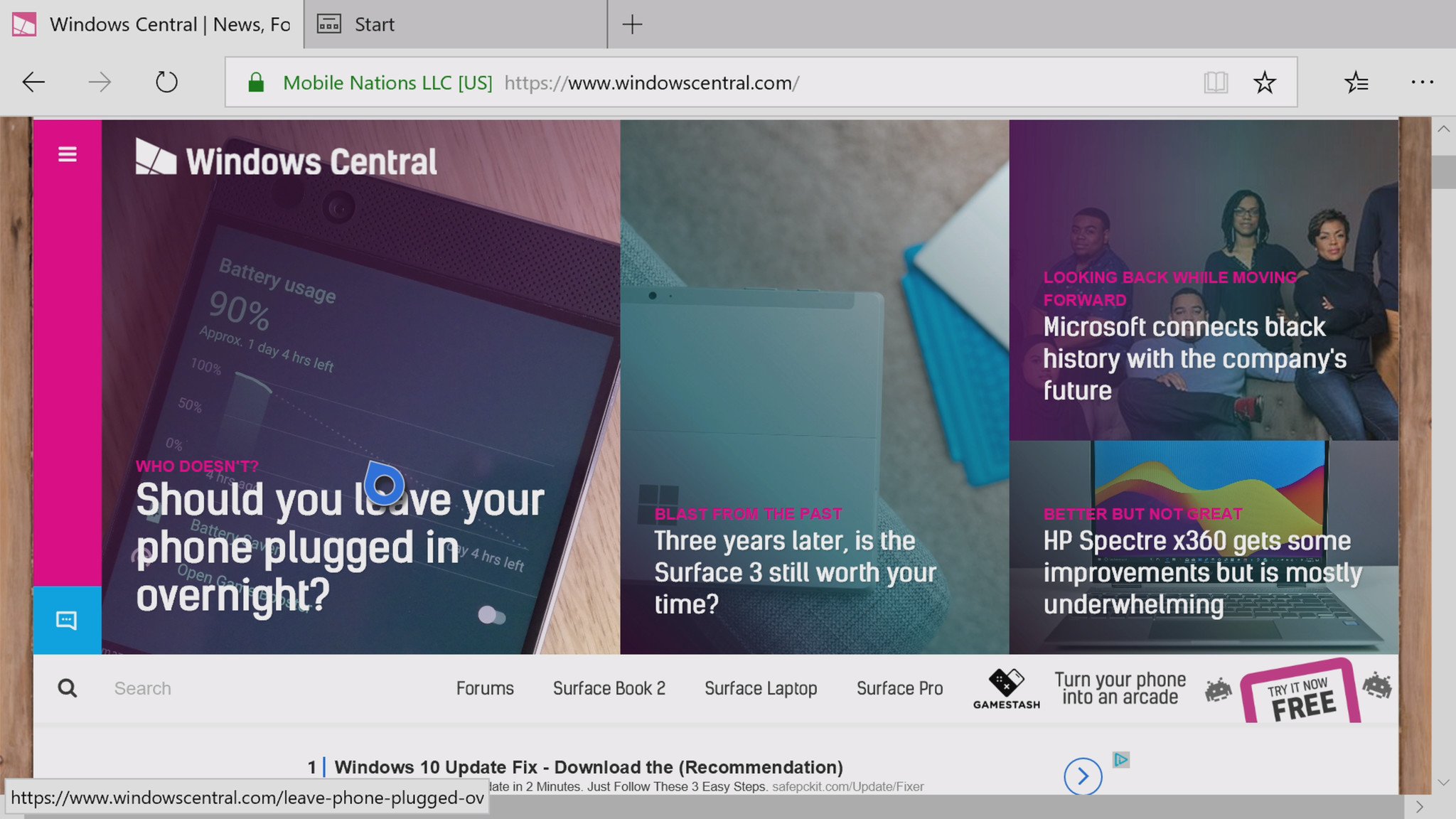
While Microsoft Edge found a home on Xbox One some time ago, its capabilities are dampened in contrast to its full-fledged Windows 10 counterpart. Microsoft has delivered improvements to the console experience in this update, through a new controller-centric user interface and expanded feature set.
Welcome features from the PC version have hit Xbox One, all contributing toward making Microsoft Edge a more viable console web browser. Among the additions is downloading and uploading files, tab muting, read aloud and autofill. Changes also appear to have been made to the EdgeHTML engine, delivering further rendering improvements to Xbox One.
System-wide audio changes
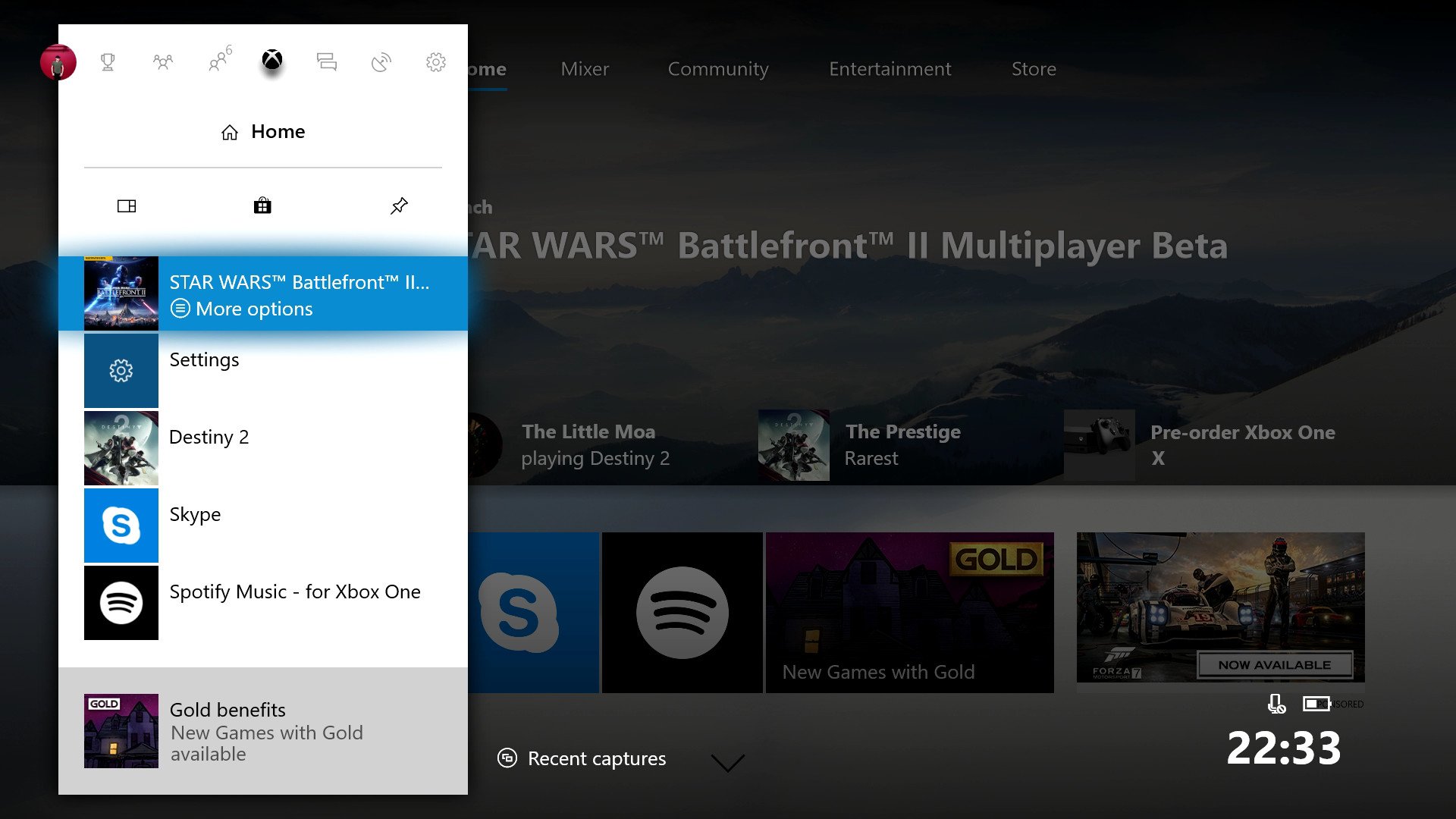
A new widget has made its arrival through the Xbox One's Guide menu, providing a new way to manage audio. If background music is playing while a game open, audio levels can be balanced between the two sources. This expands on the previous volume options, where background audio levels could be raised and lowered around game audio.
Audio changes are also being rolled out across the OS, with revamped sound effects paired with user-interface interaction. These will support spatial audio with surround sound systems too, adding a level of depth to system menus.
More features:
Outside of the biggest changes with this update, smaller tweaks have been implemented across the OS, including:
- A new Games with Gold tab has been added to "My Games & Apps," as a single stop for free titles redeemed with Xbox Live Gold. Like the Xbox Game Pass subsection added in the 1802 update, titles can be quickly installed through this tab.
- An EA Access tab has been to My Games & Apps, allowing subscribers to view titles currently offered through the service.
- Improvements to Mixer broadcasting are here, with numerous refinements to stream management. Improvements include seamless streams while switching games and the ability to retitle broadcasts directly from the Guide menu.
- When viewing Xbox Live clubs, options can filter content by "What's Hot" and "Top Posts." "What's Hot" posts algorithmically sort currently popular content, while "Top Posts" list the most popular feed items in a club's history.
- Club administrators have recieved advanced invite filtering tools, allowing club invitation requests to be sorted by specific criteria.
- Tournaments have expanded beyond Xbox Live clubs, with new open tournaments tied directly to Game Hubs. This allows players to start and participate in tournaments without being enlisted in a club.
Your thoughts
What new features would you like to see on Xbox One? What do you think of these changes? Let us know in the comments.
Updated April 24, 2018: Updated following the release of the April Xbox Update.
Matt Brown was formerly a Windows Central's Senior Editor, Xbox & PC, at Future. Following over seven years of professional consumer technology and gaming coverage, he’s focused on the world of Microsoft's gaming efforts. You can follow him on Twitter @mattjbrown.

